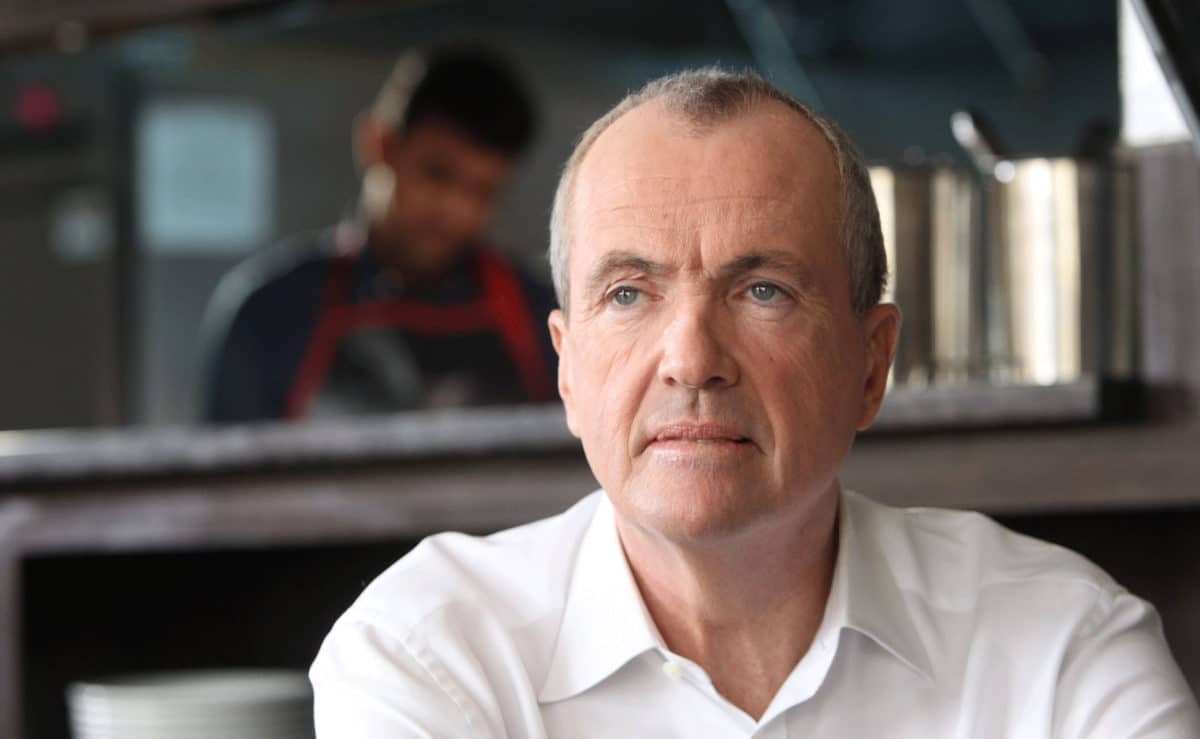Usually when we at pv magazine USA hear the words “straw proposal”, we expect to see the first drafts of a policy – and sometimes this straw merely means that regulators are seeking external validation for a policy design which has essentially already been decided upon.
But the “straw proposal” put out yesterday by the New Jersey Board of Public Utilities (NJBPU) for a program to follow the state’s current solar renewable energy credit (SREC) system is quite different. For NJBPU, this appears to be only the start. As such they are asking stakeholders 13 questions, including one on how compensation should be organized in the future. This includes three options:
- a fixed price SREC;
- a market-determined SREC; and
- any other option(s).
So the scope of inquiry is pretty broad, suggesting that at the end of this process, New Jersey could end up with pretty much anything. Essentially, NJBPU is saying: “Hey, you guys are the experts here, how should we do this?”
However, the organization does offer the following “transition principles”, in line with the statutes that guide the transition from SREC to a new program design.
- Provide maximum benefit to ratepayers at the lowest cost;
- Support the continued growth of the solar industry;
- Ensure that prior investments retain value;
- Meet the Governor’s commitment of 50% Class I Renewable Energy Certificates (“RECs”) by 2030 and 100% clean energy by 2050;
- Provide insight and information to stakeholders through a transparent process for developing the Solar Transition and Successor Program;
- Comply fully with the statute, including the implications of the cost cap; and
- Provide disclosure and notification to developers that certain projects may not be guaranteed participation in the current SREC program, and continue updates on market conditions via the New Jersey Clean Energy Program (“NJCEP”) SREC Registration Program (“SRP”) Solar Activity Reports.
Comments are due by February 22 at 5 PM.
Stuck in the middle with a solar project
NJBPU has been getting ready to create an overhaul of the SREC program since New Jersey Governor Phil Murphy (D), who succeeded Chris Christie (R), signed legislation to enact a 50% by 2030 renewable energy mandate in May. The document published yesterday sets out a timeline for this decision to be made, with stakeholder meetings in January and February, a proposed role in August or September, and a new rule adopted March 2020.
One of the tricky questions to be answered is what happens to “pipeline projects”. The new law signed last May says that the state must transition to a new incentive program when solar is meeting 5.1% of state demand. That 5.1% is not far off; at last count solar represented 3.98% of New Jersey’s electricity.
Right now NJBPU seems open to designs whereby these “pipeline SREC” projects are eligible either for a transition program or for the successor program which will be designed, but in any case regulators are seeking to make sure that the price cap is not exceeded, or that they are not forced back into the existing SREC program and thus oversupplying it.
And in this, New Jersey seems to be trying to avoid the mess that was created during Massachusetts’ transfer to the SMART program, when SREC 2 had to be extended to cover the significant delay in roll-out of the new program.
It’s going to be a long haul until the state gets a new incentive next March, but so far the indications are that regulators are taking a cautious approach, and have received positive comments from Solar Energy Industries Association (SEIA). “This approach should allow enough time to develop a new program and provide continuity for the New Jersey solar market through 2020,” stated SEIA VP of State Affairs Sean Gallagher.
And so far New Jersey is not doing poorly. Despite being the most densely populated state in the nation, New Jersey has the 5th-highest capacity of installed solar, with more than 90,000 PV systems installed around the state. And this may be just the beginning, as Governor Murphy is now talking about a move to 100% renewable energy.
This content is protected by copyright and may not be reused. If you want to cooperate with us and would like to reuse some of our content, please contact: editors@pv-magazine.com.









By submitting this form you agree to pv magazine using your data for the purposes of publishing your comment.
Your personal data will only be disclosed or otherwise transmitted to third parties for the purposes of spam filtering or if this is necessary for technical maintenance of the website. Any other transfer to third parties will not take place unless this is justified on the basis of applicable data protection regulations or if pv magazine is legally obliged to do so.
You may revoke this consent at any time with effect for the future, in which case your personal data will be deleted immediately. Otherwise, your data will be deleted if pv magazine has processed your request or the purpose of data storage is fulfilled.
Further information on data privacy can be found in our Data Protection Policy.